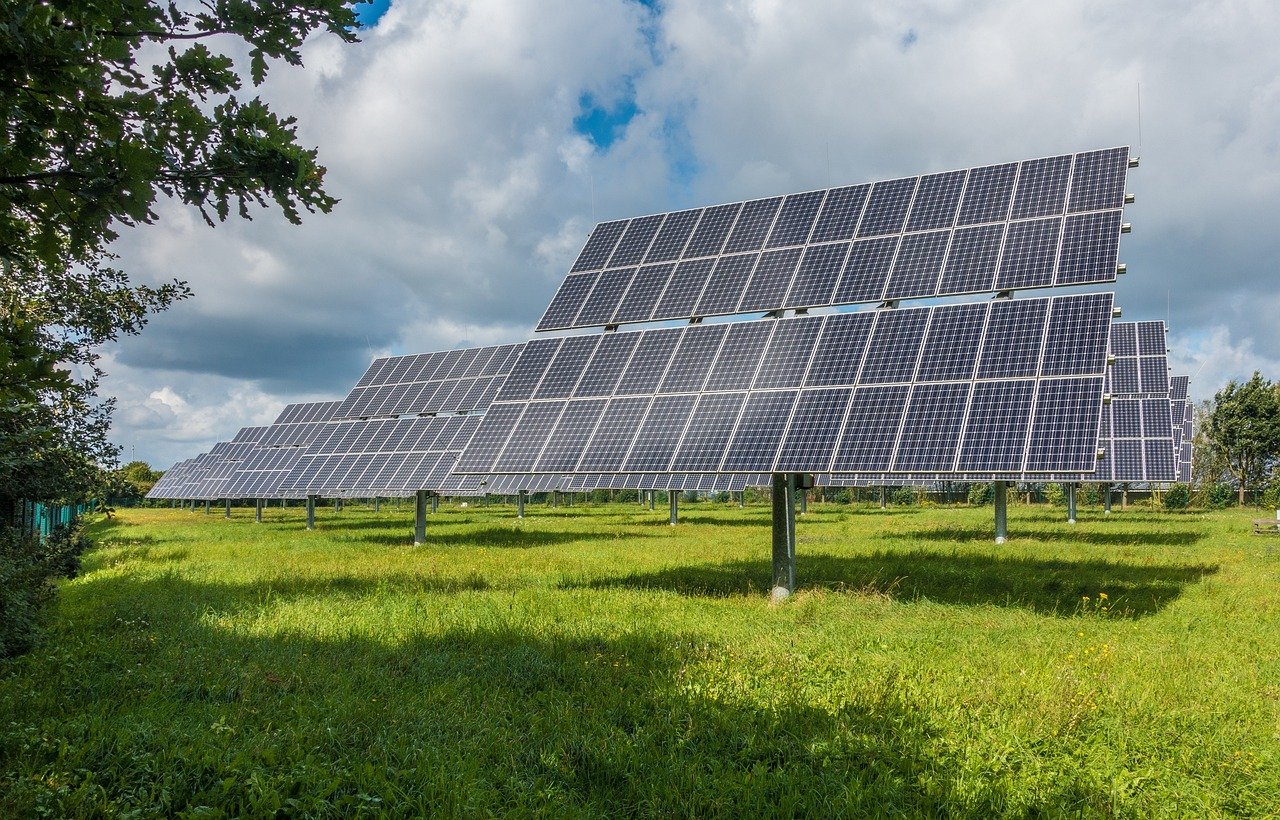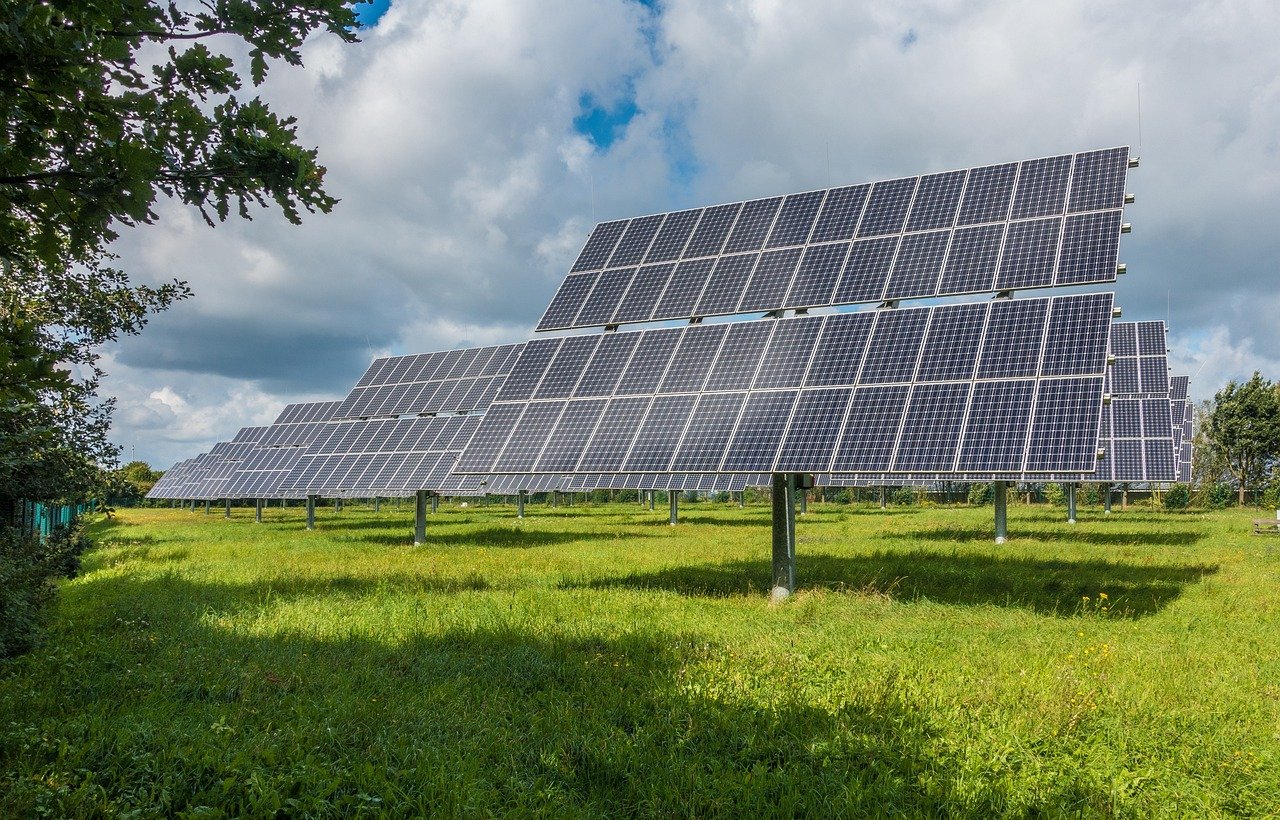The Alarming Reality That Changed Everything
Imagine waking up tomorrow to find scientists spraying mysterious particles into the sky above your neighborhood. Sounds like science fiction? Well, it’s happening right now. In June 2025, researchers from the University of Washington quietly began spraying salt water mist off the coast of Alameda, California, as part of their marine cloud brightening experiments. The City of Alameda and many residents were unconvinced, raising concerns about possible public health risks and a lack of transparency, with one attendee at a city council meeting noting that “project proponents went to great lengths to avoid any public scrutiny of their project”. This isn’t just some isolated experiment anymore – it’s the beginning of a bold new chapter in humanity’s relationship with Earth’s climate system. Earth just had its hottest year on record, with 2024 being the first year in recorded history where average planetary temperature rose above 1.5 degrees Celsius relative to preindustrial temperatures. The question isn’t whether we’ll tinker with our planet’s climate anymore – it’s how far we’ll go.
What Exactly Is This Climate Manipulation Game?
Geoengineering refers to a set of emerging technologies that could manipulate the environment and partially offset some of the impacts of climate change. Think of it like giving Earth a massive makeover, but instead of cosmetic surgery, we’re talking about planetary engineering. Geoengineering is conventionally split into two broad categories: carbon geoengineering (often called carbon dioxide removal or CDR) and solar geoengineering (often called solar radiation management, albedo modification, or sunlight reflection). The first approach tries to suck carbon dioxide right out of the air like a giant vacuum cleaner. The second? Well, that’s where things get really wild – we’re talking about dimming the sun itself. Solar geoengineering could not be a replacement for reducing emissions or coping with a changing climate, yet it could supplement these efforts. It’s like putting a Band-Aid on a gunshot wound, but sometimes a Band-Aid is all you’ve got when you’re bleeding out.
The Sun-Dimming Schemes That Sound Like Mad Science

Solar radiation management sounds sophisticated, but here’s what it really means: making Earth less hot by blocking sunlight before it reaches us. The technology involves marine cloud brightening and other geoengineering tools that aim to modify the atmosphere or ocean to fight climate change, with some designed to remove carbon dioxide while others like cloud brightening don’t counter the drivers of climate change but aim to limit warming. Picture this – scientists want to inject tiny reflective particles into the stratosphere, mimicking what happens when volcanoes erupt and cool the planet temporarily. Sulfate aerosol injection involves spraying tiny reflective particles into the upper atmosphere, which would redirect some sunlight back to space and help cool Earth, reducing mortality from heat. It’s brilliant in theory, terrifying in practice. Computer simulations suggest solar geoengineering could offset most of the carbon dioxide-induced increase in tropical cyclone intensity if it halved the warming produced by humans’ increased carbon dioxide inputs. But here’s the catch – sulfate aerosols are themselves a form of air pollution, a leading contributor to mortality worldwide.
The Carbon Vacuum Cleaners of Tomorrow
If solar geoengineering is about blocking sunlight, carbon dioxide removal is about playing cosmic janitor. Direct air capture uses chemical reactions to pull carbon dioxide out of air, with chemicals that selectively react with and trap CO2 while allowing other components of air to pass through. Three DAC projects are currently under construction, with the largest expected to come online in 2025 in the United States capturing 500,000 tonnes of CO2 yearly, and overall plans for at least 130 DAC facilities now at various stages of development. But here’s where reality hits hard: “The concentration of CO2 in the air is extremely low — just 420 parts per million, making removing a single metric ton of CO2 from air require processing about 1.8 million cubic meters of air”. All-electric DAC deployed at large scale would require 12,000 terawatt-hours of electricity annually, which is more than 40 percent of total global electricity generation today, while electricity consumption is expected to grow due to increasing electrification. It’s like trying to find specific grains of sand on every beach in the world.
The Trillion-Dollar Climate Lottery Ticket
The United Kingdom’s high-risk research agency will fund £56.8 million worth of projects in geoengineering, with 21 projects including small-scale outdoor experiments attempting to thicken Arctic sea ice and brighten clouds to reflect more sunlight. But that’s just pocket change compared to what’s really needed. Direct air capture development costs are currently high, between $600 and $1,000 per captured metric ton, with the U.S. government’s Carbon Negative shot hoping to bring that price down to $100 per captured metric ton, and industry backers saying scaling up hinges upon achieving these lower costs. The market for DAC-based CO2 removal is expanding substantially, with companies like Airbus, Shopify, Microsoft, and UBS purchasing carbon removal services through the voluntary carbon market, and Amazon pledging to buy 250,000 metric tonnes of carbon removal over 10 years. Money talks, and right now it’s screaming for climate solutions. Recent research estimates that 7 billion to 9 billion metric tons of CO2 must be removed each year by 2050 to have any hope of meeting the 1.5° Celsius global average temperature goal.
When Mother Nature Fights Back
Here’s what keeps climate scientists awake at night: we have no idea what happens when we start messing with Earth’s thermostat on a massive scale. One concern is the uncertainty over how solar geoengineering might shift temperature and precipitation changes around the globe, potentially exacerbating inequities in climate change impacts, particularly in the Global South, and how injecting aerosol particles into the stratosphere might affect the ozone layer or increase air pollution at ground level. Around 10 percent of the ocean’s surface would be required for various marine geoengineering interventions to have any meaningful climate impact, while modeling shows that techniques like marine cloud brightening and stratospheric aerosol injection would cause harmful impacts including interfering with monsoons. Other possibilities loom too, such as a large-scale experiment triggering droughts in India, crop failures, and heavy rainstorms in areas that are wholly unprepared. It’s like performing surgery on a patient while blindfolded – you might save them, or you might make everything worse.
The Power Players and Their Hidden Agendas
Who gets to decide whether we dim the sun or suck carbon from the sky? That’s the multi-trillion-dollar question nobody wants to answer directly. “The United States and China are the only countries that could carry out stratospheric aerosol injection at scale over the objections of other nations,” according to Harvard’s Solar Geoengineering Research Program. The technology is contentious, with DAC development tied closely to oil and gas interests, and critics skeptical about DAC’s effectiveness along with the mammoth challenge of finding sufficient sources of renewable power to run energy-guzzling DAC facilities. Given the potentially global impact of some techniques, unilateral action by a single nation or small group of actors raises significant concerns about procedural justice, with a global framework needed, yet establishing such a system among sovereign states with differing interests, capacities, and vulnerabilities presenting enormous challenges that could lead to conflict or inequitable outcomes. Power corrupts, and planetary power? That’s a whole different level of corruption potential.
The Ethics Minefield Nobody Wants to Navigate
As interest grows in geoengineering as a strategy for tackling global warming, the world’s largest association of Earth and space scientists launched an ethical framework developed over two years with contributions from hundreds of scientists, policymakers, ethicists, government agencies, and communities that could be disproportionately affected. But ethics gets messy when survival is on the line. Many commentators have expressed concerns that researching and developing geoengineering technologies may undermine support for existing climate policies—the so-called moral hazard argument that plays a central role in policy debates. The list of ethical issues deals with moral questions in areas such as governance of research and possible deployment, unequal sharing of risks, distributions of harms and benefits, possibility of unilateral deployment, and effects on the environment. Considering the risks passed to future generations through reliance on potential geoengineering interventions is crucial, as is establishing fair and effective international mechanisms for decision-making on planetary-scale interventions and assessing how benefits, risks, and burdens are distributed among nations and social groups. We’re basically playing God with the only planet we’ve got.
When Local Communities Say “Not in My Backyard”
Remember that Alameda experiment? It perfectly captures how geoengineering runs headfirst into local resistance. A study across 22 countries found hundreds of people expressed disillusionment with engagement processes, not because they didn’t want to be consulted, but because they had experienced bad-faith consultations in the past that sought to convince rather than to listen. What happened in Alameda may have blown up because researchers conducted their proposal process “in a very closed, secretive way,” and scientists’ attempts to conduct real-world experiments have foundered on public and policymakers’ concerns. There are concerns that geoengineering gone wrong will negatively impact the enjoyment of human rights of Arctic indigenous and local communities, which substantiates arguments against Arctic geoengineering. Several proposed small-scale outdoor experiments have been blocked by local opposition despite meeting current legal requirements, though the AGU framework provides a path for projects to avoid such obstacles by proactively engaging communities earlier. Communities aren’t just saying no – they’re asking why they weren’t invited to the conversation in the first place.
The Climate Emergency That’s Forcing Our Hand
“There is no way, barring geoengineering, to prevent global temperatures from going over 1.5 degrees,” said climate scientist Zeke Hausfather, explaining that geoengineering refers to deliberately cooling the planet through practices like injecting aerosols into the atmosphere. The math is brutal and unforgiving. Nations could redirect attention to the Paris agreement’s less ambitious goal of holding temperatures below 2 degrees Celsius, but that goal is more feasible yet still unlikely, with the planet currently on pace for something closer to 2.5 degrees Celsius. Humanity will face mounting weather extremes, including deadly heat waves that compound in strength for each tenth of a degree of warming, placing policymakers in an uncomfortable situation as UN Secretary General António Guterres has claimed the 1.5-degree goal is “on life support” and “will soon be dead”. We’re not just missing our climate targets – we’re blowing past them like they never existed.
The Political Circus That Could Doom Us All

Politics and planetary engineering make for a toxic combination. Political stances on solar radiation management among the country’s primary political parties have shifted significantly in recent years, with Republicans previously being more interested because it could be cheaper and allow fossil fuel industry to continue business as usual, but in the first three months of 2025, over 16 states introduced bills to ban solar geoengineering with Tennessee passing a ban in 2024. Governments around the world have adopted a wait-and-see approach, with none of the major economies officially endorsing or rejecting solar geoengineering as a climate strategy, yet most invest in research, while a recent Swiss proposal for UN Environment Programme assessment was rejected by the United Nations Environment Assembly. Across international law and UN environmental agreements, a strong foundation for geoengineering governance already exists and is highly restrictive, but the real issue is growing disregard for this framework, with proponents attempting to push forward research despite clear international decisions that prohibit or limit development. Politics as usual might literally kill us all.
The Scientific Reality Check That Changes Everything

Scientists are split down the middle, and that should terrify you. A comparison with US population opinions shows climate experts are more skeptical about geoengineering, with only half supporting more investment into geoengineering research compared to 81% of the US public supporting research, and only half supporting its use even when limited to emergency response compared to 67% of the surveyed US population. MIT researchers found that climate-stabilization strategies rely on overly optimistic and unrealistic assumptions about how much CO2 could be removed by direct air capture, meaning strategies won’t perform as predicted, though they recommend continuing DAC development even if it’s not the silver bullet that solves decarbonization. Not a single one of the putative geoengineering technologies has been developed or tested at the scale required to meaningfully establish effectiveness or feasibility, yet it’s possible to anticipate many social and ethical issues, with these concerns currently looming larger in policy debates than technical feasibility. The experts who know the most are the most worried – that’s never a good sign.
The Ticking Clock That Won’t Stop

Time isn’t just running out – it’s already gone. Human activities have changed atmospheric carbon dioxide concentration from 278 ppm in 1750 to 425 ppm in 2025, with humans raising the planet’s temperature by about 1°C since pre-industrial times. Destructive flooding, ravaging wildfires, and catastrophic storms have left communities reeling, with Earth’s global average temperature reaching a record 17.16 degrees Celsius in July 2024 as deadly heatwaves scorched areas from Mexico to China. Current emissions continue to grow at a rate consistent with high emission futures without effective climate change mitigation policies, while the transformative governance and international cooperation needed to effectively mitigate this crisis seems largely absent. If the climate crisis becomes more dire, policymakers and investors might begin taking seriously ideas that today seem outlandish, with most researchers more optimistic about down-to-earth approaches to limiting incoming sunlight through solar geoengineering. We’re not planning for tomorrow’s emergency – we’re already living in it.
The Final Gamble We Can’t Afford to Lose

So here we are, standing at the edge of the biggest experiment in human history. The benefits of solar geoengineering in reduced heat-induced mortality are about ten times larger than mortality costs from additional air pollution, but benefit-cost analyses should not mechanically determine policy outcomes and must be a crucial input to policy analysis given uncertainties, risks, and distributional effects. In the best-case scenarios, successful geoengineering experiments could put a pause on or slow down Earth’s warming, buying time for decarbonization and perhaps saving


